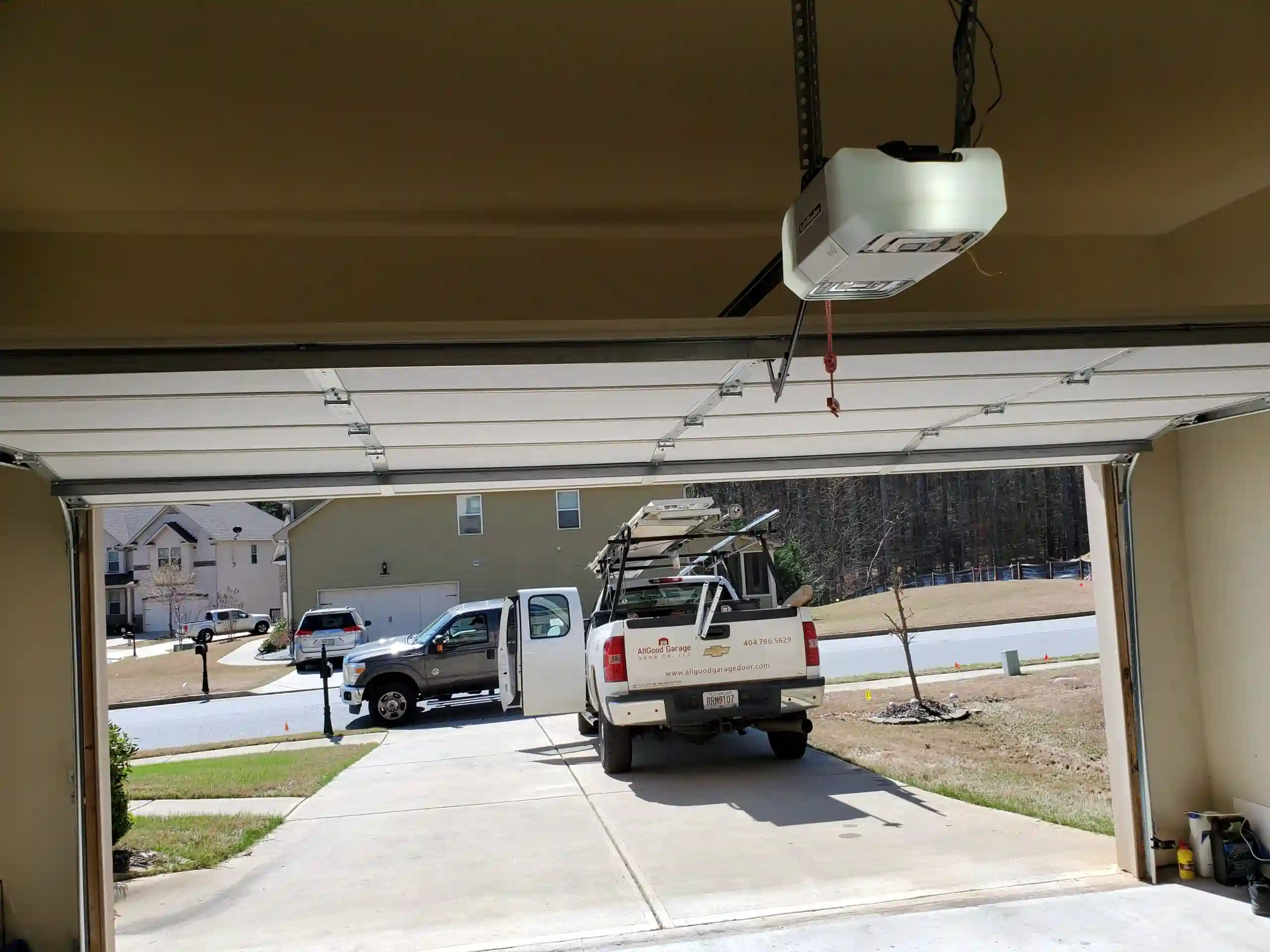A working garage door is important for our daily life, but even the best doors can have problems. These issues might come from old garage door springs, broken garage door openers, or other mechanical troubles.
It’s important to find and fix these problems quickly. Following garage door troubleshooting steps can help you avoid frustration and save time, especially when the Garage door won’t open all the way. In this guide, we will look at common reasons that affect how your garage door works and give tips to help it run smoothly.
Key Takeaways
- A malfunctioning garage door disrupts your day and calls for immediate attention.
- Issues can range from broken springs and misaligned tracks to dead transmitter batteries.
- Simple troubleshooting steps may resolve certain problems like obstructed safety sensors or remote control glitches.
- Some repairs, such as handling snapped cables or torsion springs, require professional intervention.
- Regular maintenance ensures smooth garage door operation, reducing the likelihood of major failures.
Identifying Common Mechanical Issues
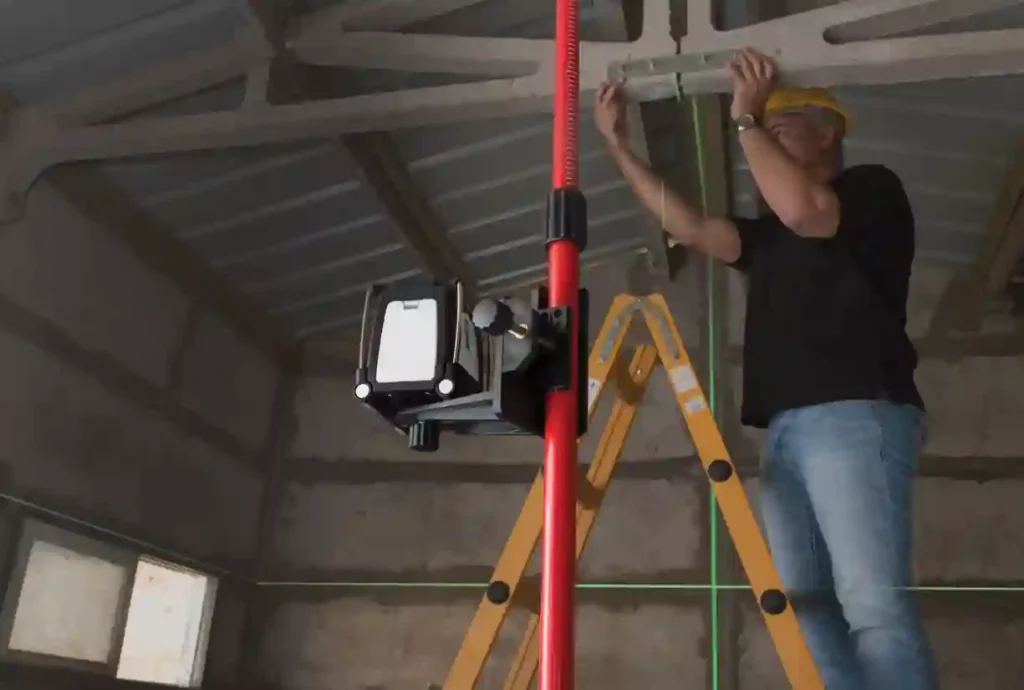
Mechanical problems with your garage door are usually the main reason it won’t open completely. Broken door springs, worn cables, or crooked tracks can cause it to stop working well, which can leave you stuck.
Also, some parts like safety sensors, rollers, or control systems may fail as time goes on. Finding out the problem is the first step to fix it. Some small repairs can be done by yourself, but other issues need help from a professional garage door service for safe fixing and returning it to good condition.
1. Broken or Worn-Out Springs
Garage door springs, especially torsion springs, are important for heavy lifting. They balance the weight of the door to help it open and close smoothly.
Over time, these springs might wear out or even break due to regular use or poor maintenance. If springs fail, the door may struggle to lift or might stop halfway. This can create safety problems.
You should check torsion springs for signs of rust, bending, or breaking. If you hear grinding noises or notice that your garage door hardly lifts, the springs could be the issue. Keep in mind, replacing springs is not a task for DIY. Trying to do it yourself can lead to injuries due to the high tension in these springs.
Professional garage door technicians have the right training and tools to replace springs safely. This ensures that your garage door operates smoothly and safely afterward. Regular maintenance can also help prevent wear and tear, which gives your springs a longer life.
2. Faulty Garage Door Opener
The garage door opener motor is what powers your door’s movement. If it has a problem, the door won’t work properly. Common issues are things like misalignment, dead electronics, or old gears inside the motor.
If your garage door won’t open all the way, this could be a sign of one of these problems. To troubleshoot, you need to see if the motor makes noise but the door doesn’t move, or if nothing happens at all.
First, check the power source. Make sure the opener is plugged in and that the circuit breakers are working. If the motor is running but the door isn’t moving, the gears may need to be replaced. Also, if there is a bad signal because of a damaged antenna or a circuit board problem, repairs may be needed.
If issues keep happening, talk to a professional technician who knows how to fix these problems. This way, your opener can work safely and well. Regular checks and following the maker’s advice can help it last longer.
Garage door won’t open all the way?
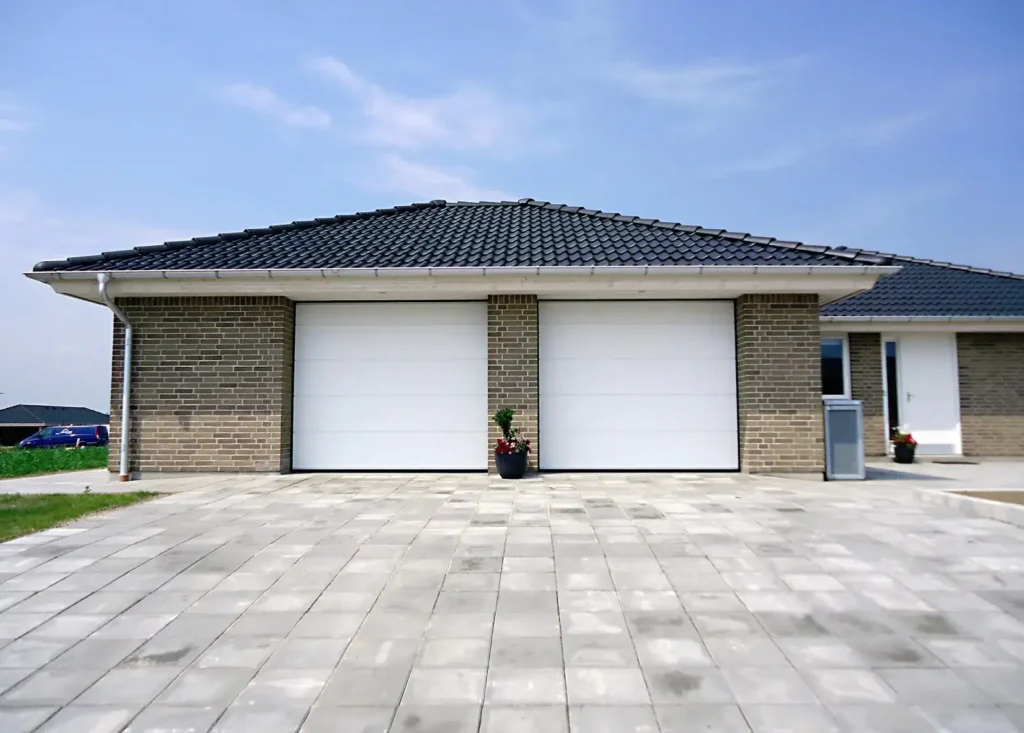
A garage door won’t open all the way can be due to different mechanical or digital issues. Common problems include blocked safety sensors, broken springs, or damaged cables that stop the door from working properly.
Things like the weather or misaligned tracks may also cause issues. You can find the exact problem by troubleshooting systematically and watching for unusual signs like grinding noises or jerky movements. Fixing small issues quickly and getting expert help for serious problems will keep your garage door working smoothly.
3. Blocked photo eye
Photo eyes are safety sensors that stop the garage door from shutting on objects. If they are misaligned or dirty, they can also stop the door from opening fully.
First, check the sensor alignment. They should face each other directly. Use a soft cloth to clean them gently so dirt or debris does not cause a problem. Look to see if direct sunlight affects their performance, and think about using sunscreen covers.
Make sure there are no items, like flower pots or toys, blocking the sensors. Each sensor should have small lights that show they are working properly when aligned.
If the issue continues even after making adjustments, the sensors might need replacing to keep your garage door safe. For more complex issues, it is best to ask professional technicians for help.
4. Broken springs
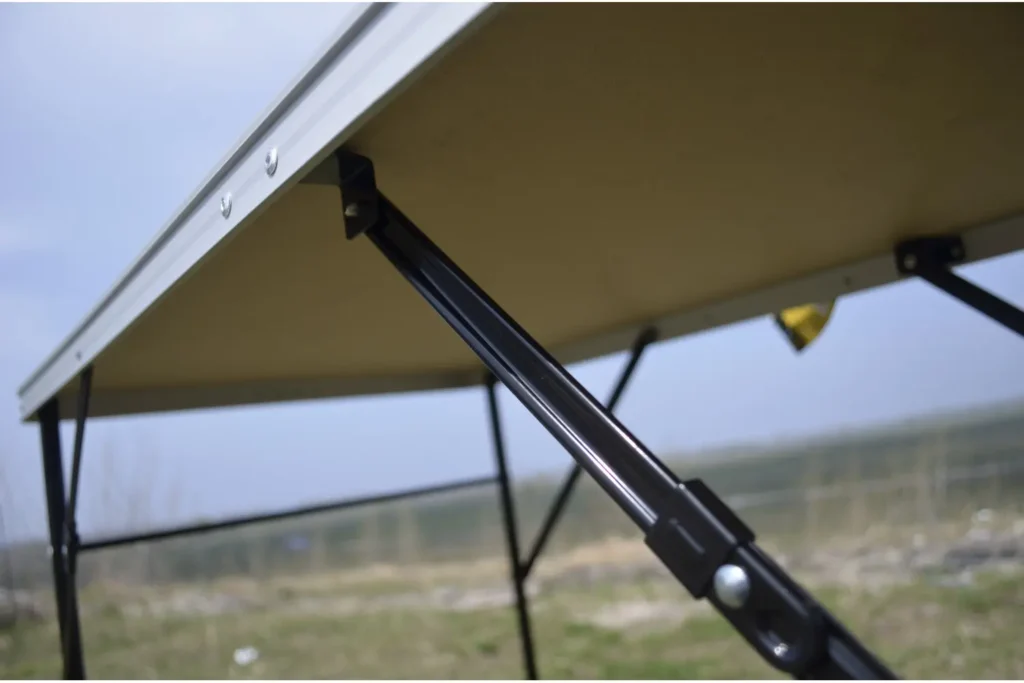
Broken springs are one of the most common reasons a garage door won’t open all the way. Garage door springs help with the heavy lifting needed to work properly. Over time, these springs can break, causing the door to become unbalanced.
You might notice grinding noises or shaky movements when you try to use the door. Torsion springs are responsible for weight distribution, while extension springs keep the sides balanced. Check the springs for any visible damage, but don’t touch them. They are under high tension and could cause injury.
Only skilled technicians should replace the springs. Professional garage door repair services can fix the problem quickly and ensure it lasts. Regular lubrication and inspection can stop these issues, helping the springs work smoothly for a long time.
5. Misaligned track
The metal tracks help your garage door open and close. If they are not aligned, it can cause problems. You might hear grinding noises or see the door moving unevenly.
Start by checking the tracks for any dents, bends, or loose screws. If you find small issues, gently tap them back into place with a rubber mallet.
Use a spirit level to make sure they are set correctly. Make sure to tighten any loose screws and clean the tracks from dirt. This will help the door move smoothly without obstructions.
If the alignment is very bad, it’s a good idea to call a professional garage door service. Skilled technicians can align the tracks and inspect other parts, so you don’t face more problems. Regular maintenance helps keep everything aligned and can make your garage door last longer.
6. Issues with remote
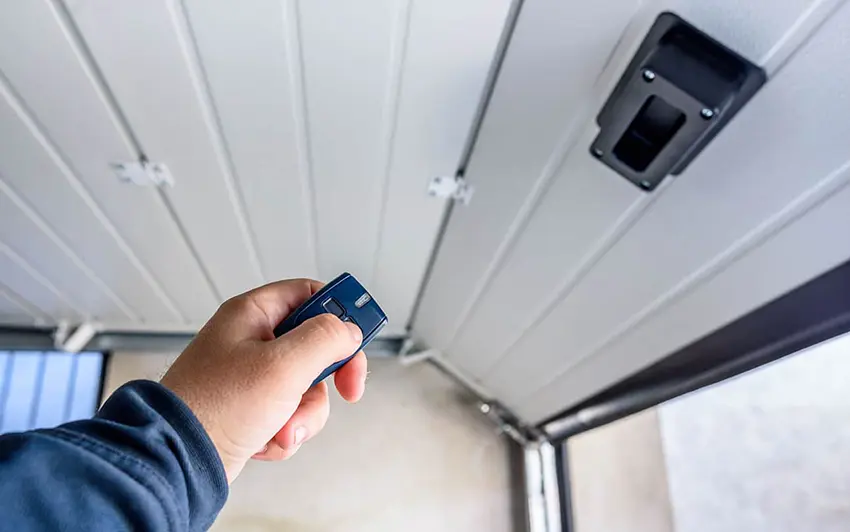
Garage door remote controllers are convenient, but they may stop working because of dead batteries, weak signals, or bad wiring. To start troubleshooting, check the battery status of the remote. If the batteries are low, replace them. Look for any signs of corrosion as well.
If changing the battery does not help, check the garage door opener manual. It can guide you on how to reset or reprogram your remote. Remember, being too far from the opener can also cause issues. Make sure you are within the correct operating range. Align the antenna properly to get a good signal too.
If problems keep happening, it could mean the device is damaged or the frequencies do not match. You may want to consider a universal garage door remote controller as a quick replacement. If you find it hard to deal with the wiring, it is best to let experts handle it. They know how to work with the electrical parts of opener systems.
7. Locked garage door
A locked garage door might seem obvious, but people often forget to check it when troubleshooting. Manual locks or safety features might have been turned on by mistake.
First, check the lock mechanism on the door handle or inside the opener panel. Carefully unlock the door without forcing it, as this may cause damage. Pull the red release handle to disconnect the trolley and see if the door works manually.
After unlocking, make sure the locking mechanism is not damaged or stuck from rust or dirt. Some newer systems have automatic locking safety features, which might need resetting for proper use. If the issue continues, it’s best to get a professional to look at it.
8. The door is locked
Modern garage doors come with safety features that can automatically lock when parts fail. These locks help prevent unexpected damage or unsafe use.
Check why the door is locked. It may be because of wrong manual settings or a safety lock has been triggered. To unlock it manually, you might need to release the handle. A built-in lock usually means a sensor has failed.
Follow the instructions in the operator’s manual to recalibrate automated systems. If manual controls do not work, get help from experts. This keeps safety features working well and lets the door function properly again.
9. Garage door opens, then closes

A garage door opening and then suddenly closing can happen for different reasons. Misaligned safety sensors might get confused and cause the door to go back up. If there are blockages or dirt on the tracks, that can also lead to this issue.
It is important to do regular maintenance on the garage door opener system. This includes checking the alignment of the safety sensors.
If you still have problems, it’s a good idea to talk to a professional garage door technician. They can help fix the issue and ensure the garage door works safely and reliably.
10. No power
A lack of power is one main reason why garage door openers may not work. First, check your garage circuit breaker to see if any switches have tripped. Next, make sure the motor of the garage door opener is getting power. A dead battery in the transmitter or a bad power connection can cause problems.
When troubleshooting, keep an ear out for unusual sounds or look for a small light on the opener. If you still can’t solve the problem, think about calling a professional garage door technician for a complete check.
11. Snapped cables
Cables are very important for how your garage door works. They help the door open and close properly. If a cable snaps, the garage door might not open all the way.
This can be dangerous. You need to look for any signs of cable wear, like fraying or breaks. These issues can make your door weak and can stop safety features from working.
It’s best to call a professional garage door technician for a good assessment and repair to make your door work well again.
12. Dead transmitter batteries
Transmitter batteries are very important for your garage door opener. A frequent problem happens when these batteries run out. This stops the remote control from working with the garage door system.
When you press the button, nothing happens, which can be really annoying. It’s a good practice to replace the batteries regularly for garage door maintenance.
When you are troubleshooting, check the remote for dead batteries. This way, you can ensure it works well with your garage door opener and avoid calling a professional.
Conclusion
Understanding why your garage door won’t open all the way can help you avoid wasted time, frustration, and extra repair costs. Regular maintenance and quick troubleshooting steps are important to keep your garage door opener working well.
If problems continue, reaching out to a professional garage door technician can give you the help you need. By checking safety sensors, springs, and cables regularly, you can keep your garage door system running smoothly and safely. This also helps it last longer.
Frequently Asked Questions
1. What should I check first if my garage door doesn’t open all the way?
First, look at the garage door’s tracks for any obstructions or debris. Make sure the sensors are lined up and clean. Check the springs for signs of wear. Test the remote’s batteries to make sure there are no power issues. Doing these steps can help find common problems that affect your garage door’s movement.
2. How do you fix a garage door that won’t open all the way?
To fix a garage door that won’t open fully, first check for obstructions along the tracks. Next, make sure the sensors are aligned. Also, look at the springs and cables to see if there is any damage. If the problems continue, it’s best to consult a professional. This can help you avoid more issues later on.
3. Why did my garage door stop opening all the way?
There are several reasons why your garage door might not open all the way. It could be due to tracks that are not lined up properly, rollers that are old and worn out, or troubles with the door opener. Keeping up with regular maintenance can stop these issues and help your garage door work smoothly over time. Fixing small problems early can also save you money later.
4. Why won’t my garage door open more than a foot?
There are many reasons why your garage door might only open a foot. Some common causes are misaligned tracks, broken sensors, or problems with the garage door opener. Check these parts for any blockages or damage. Doing this will help them work properly and allow your garage door to open completely again.
5. How to make a garage door open further?
To open your garage door more, you need to change the limit settings on your opener. Find the adjustment screws on the motor unit. Turn them a little to make the door open wider. After you adjust it, test the door to make sure it works correctly and safely.
6. Why Does Your Garage Door Only Open Partially?
A garage door that only opens halfway can mean different problems. These can include misaligned sensors, things blocking the track, or springs that are worn out. It is important to check these parts. This way, you can keep your garage door working safely and fully.
7. Can a misaligned track cause a garage door to not open fully?
Yes, a misaligned track can stop your garage door from opening all the way. When the track is not lined up right, it causes friction and blockage. This can lead to the door malfunctioning. Checking and adjusting it regularly can help keep it working well and avoid this problem.
8. How can temperature affect the operation of my garage door?
Temperature can really affect how a garage door works. When it is really hot, metal parts can expand and this may lead to misalignment. On the other hand, cold weather can make the lubricants thick, which slows down the door’s movement. To keep the garage door working well in different temperatures, it’s important to do regular maintenance.

